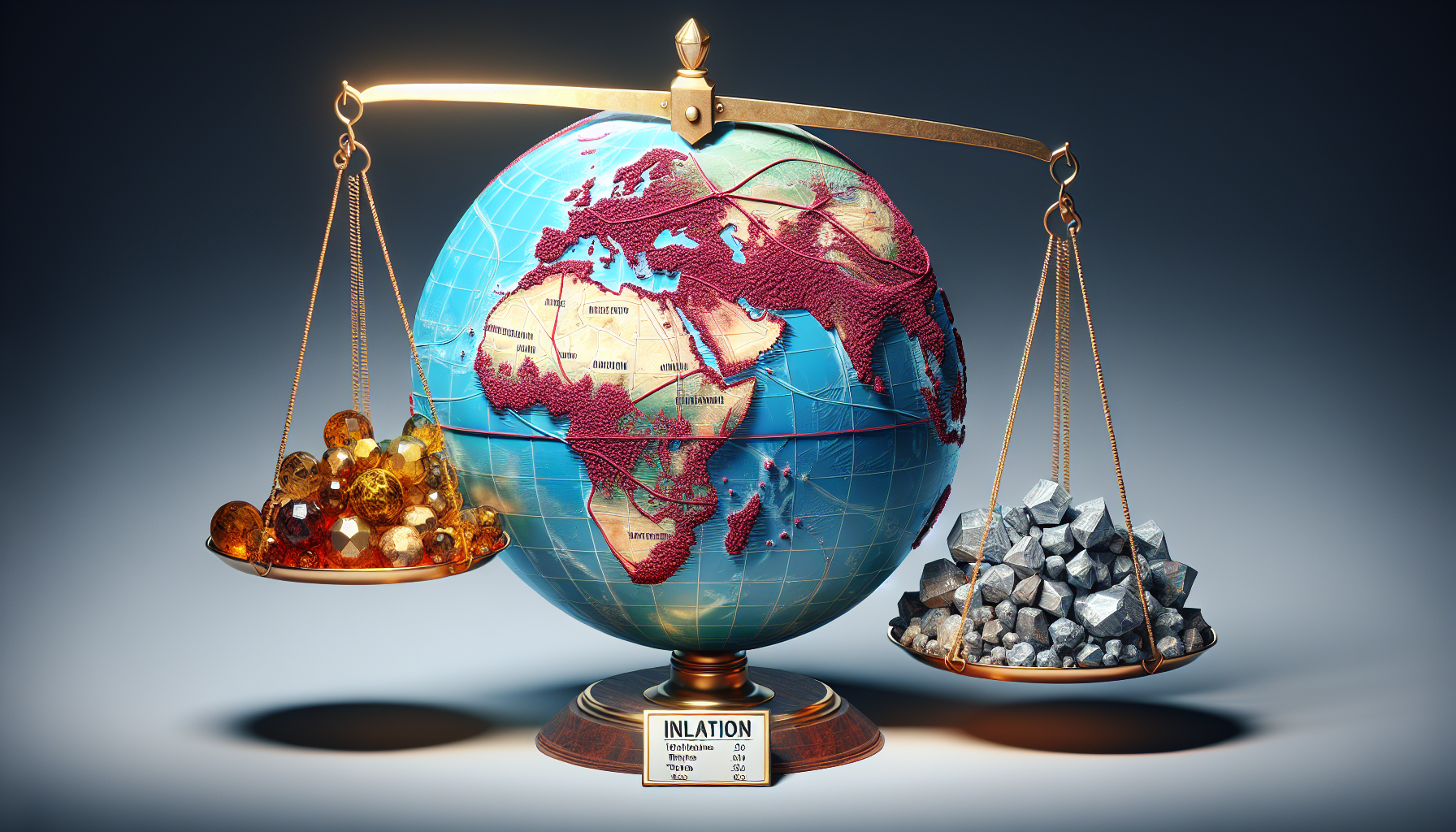
tl;dr
At the 2025 IMF meeting, ECB official Madis Muller warned of inflation risks due to China's rare earth export restrictions, escalating U.S.-China trade tensions, and global supply chain disruptions. The remarks highlight how geopolitical conflicts could reverse recent price stability in the eurozone...
**ECB Official Warns of Inflation Risks Amid China’s Rare Earth Export Restrictions and Global Trade Tensions**
At the 2025 International Monetary Fund (IMF) annual meeting, Madis Muller, a member of the European Central Bank (ECB) Executive Board, raised concerns about the potential for renewed price pressures in the eurozone if China’s recent restrictions on rare earth exports cascade through global supply chains. Muller’s remarks highlighted the interconnectedness of global markets and the risks posed by trade tensions, particularly between China and the United States.
China’s new export regulations require foreign companies to seek government approval before exporting products containing even small quantities of rare earth materials sourced from the country. This move, according to Muller, underscores how trade barriers can have inflationary consequences for Europe, challenging the notion that U.S. tariffs under former President Donald Trump would lead to European deflation. “Insufficient access to essential materials could drive up prices for certain goods, even if it harms the broader economy,” Muller stated, emphasizing the direct link between geopolitical tensions and inflationary pressures.
The situation has escalated tensions between the U.S. and China, with Trump threatening a 100% tariff on Chinese goods in response to the export controls. This has sparked investor anxiety about a potential trade war, prompting calls for the ECB to factor in geographic risks when forecasting economic trends. Muller acknowledged these concerns, noting that while the ECB anticipates a sharp decline in price growth below its 2% target in 2026, inflation could rebound in 2027. “The risks linked to this forecast are currently more or less balanced,” he said, though he cautioned that trade conflicts could tip the scales toward higher inflation.
Despite the ECB’s current interest rate stance—maintained at a level deemed appropriate for economic recovery—Muller stressed the need for patience. After eight rate cuts that lowered the deposit rate to 2%, some ECB officials argue for further reductions, while others, like Bank of France Governor François Villeroy de Galhau, expect a decrease in borrowing costs. Muller, however, emphasized that decisions must be guided by economic developments. “It really depends on how things unfold, and it is very uncertain what we might need to do next,” he said, signaling the central bank’s cautious approach.
The debate reflects broader uncertainties as the ECB navigates a complex landscape of geopolitical risks, supply chain disruptions, and evolving inflation dynamics. While some officials advocate for rate cuts to stimulate growth, others warn of the dangers of premature easing. For now, the ECB remains committed to a data-driven strategy, balancing the need to support recovery with vigilance against inflationary pressures.
As global trade tensions persist and rare earth export policies remain in flux, the ECB’s ability to adapt to shifting economic conditions will be critical in maintaining stability across the eurozone. Muller’s warnings serve as a reminder of the delicate interplay between international trade, monetary policy, and inflation, underscoring the challenges central banks face in an increasingly volatile world.